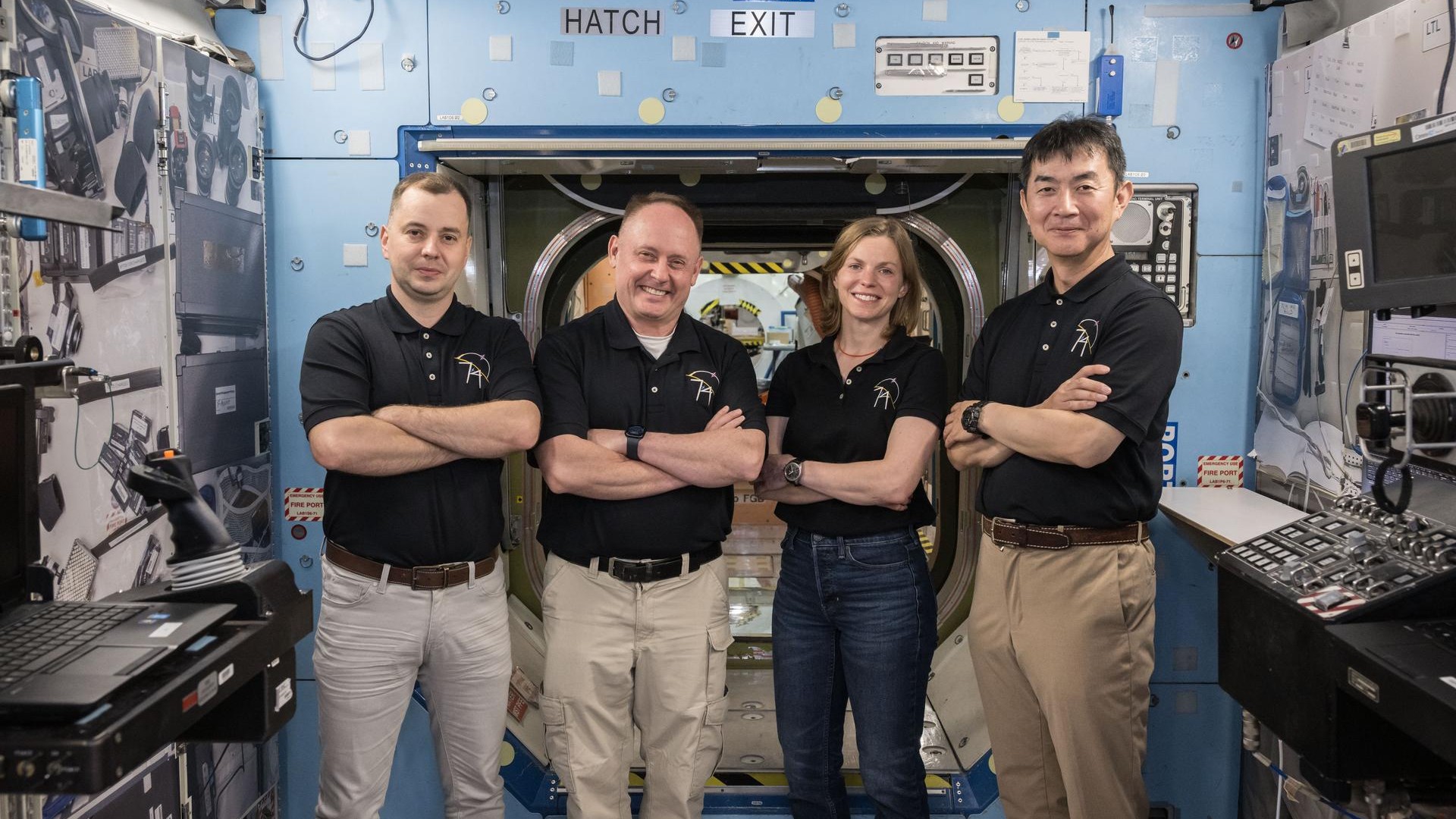World Record: 300 Flashbulbs Used to Take 1 Photo

The new Guinness World Record for using the most flashbulbs to take a photograph was set by photographer Jason Groupp, who used 300 flashbulbs to take a photo of himself.
The record attempt took place at the "After Dark" photography conference in Cincinnati, Ohio, on May 9. The conference focused on taking photographs at night and learning how to create different lighting techniques. For the conference, Groupp, a New York City-based photographer, came up with the idea to take a photo using more flashes than ever before in order to set a new Guinness World Record.
Because no one had ever attempted this record before, GWR set the record minimum at 100 flash bulbs. According to GWR guidelines, each flash had to be connected to a single camera device and the flashes had to be triggered simultaneously. But the flashbulbs didn't have to be physically connected to the camera, as Groupp's flashbulbs were actually triggered wirelessly.
Groupp and his photography team decided to mount the flashbulbs on four large boards, each of which was about 4 feet wide and 8 feet tall. Holes were drilled into the board to fit the bulbs, with 75 flashes per board.
Radio transmitters were also attached to the boards so that the flashes would simultaneously fire when the camera took the photo . The photography equipment for the record attempt, which was sponsored by Midwest Photo Exchange and Radiopopper, cost more than $80,000, or about $20,000 for each board.
The photograph was taken shortly after sunset in front of the National Underground Railroad Freedom Center in downtown Cincinnati. The photo shows Jason and his team sitting and standing around the 300-flashbulb boards. When the record-setting picture was taken, the flashes simultaneously fired off at around 1/6,000th of a second. Let's hope no one blinked!
- Why Do Photos From Deep Space Take So Long to Get to Earth?
- When Did the First 'Ghost Photos' Appear?
- How Do You Avoid Red-Eye in Photos?
Follow Life's Little Mysteries on Twitter @LLMysteries
Get the world’s most fascinating discoveries delivered straight to your inbox.
 Live Science Plus
Live Science Plus






